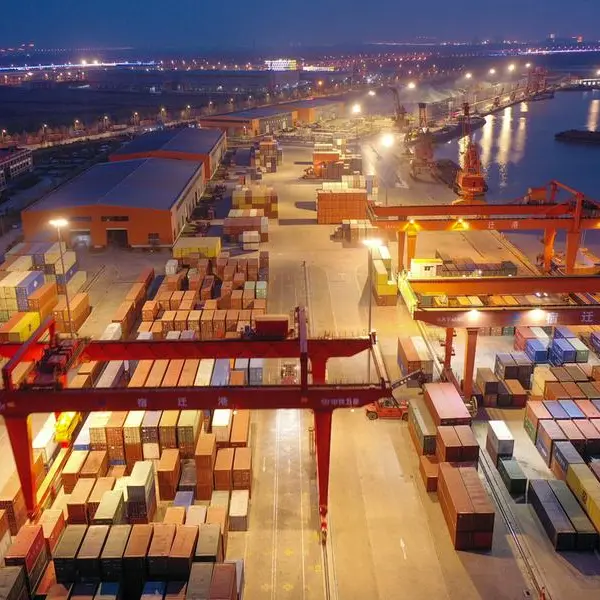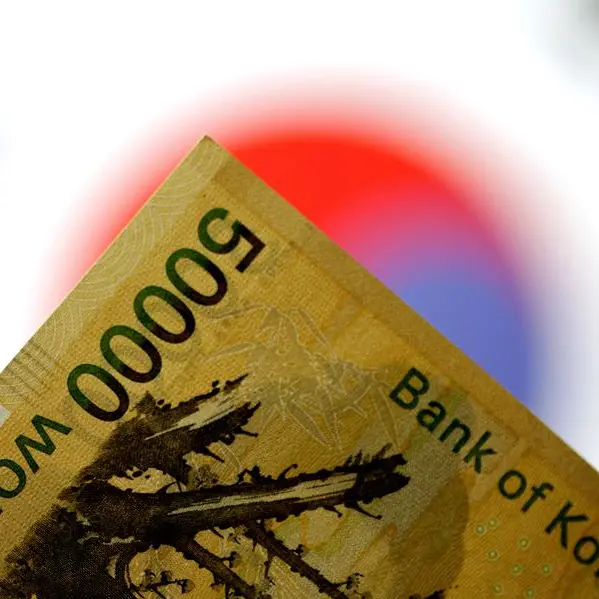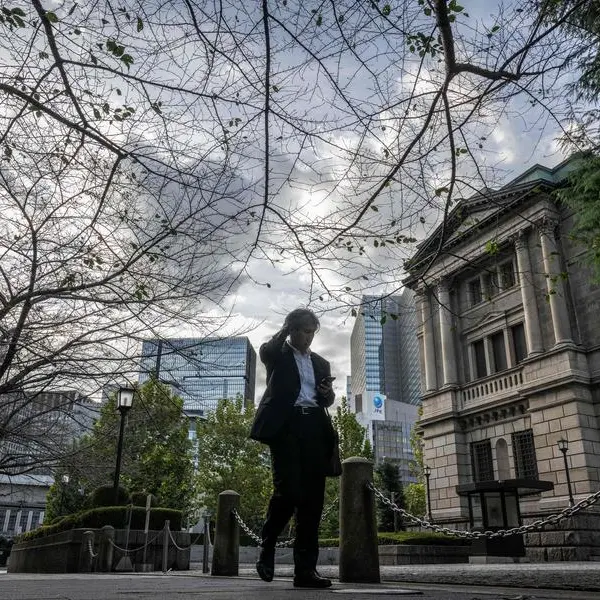Southeast Asian countries are urged to consider using parametric insurance to enhance coastal resilience and mitigate the impact of climate change.
Asian Development Bank senior environment specialist Francesco Ricciardi and National University of Singapore's Centre for Nature-based Climate Solutions and Tropical Marine Science Institute science and communications outreach lead Audrey Tan said Southeast Asian countries have coastlines that are among the longest in the world, making them vulnerable to weather extremes and rising sea levels.
As such, there is a need to develop the resilience of their coastal communities to enable them to recover more quickly from disasters.
'Parametric insurance can help to expedite recovery and aid in disaster response. It should be considered by companies operating in areas vulnerable to coastal damage, or by governments interested in mitigating the financial risks of such occurrences,' the experts said.
Parametric insurance is different from traditional schemes as the payout is based on natural parameters such as a storm's strength, instead of the physical financial damage.
The experts said a parametric insurance policy for typhoons, for example, may provide a certain payout whenever wind speeds exceed a certain level in a particular location.
'Since such parameters can be easily and quickly verified after the event, and such policies do not require assessments of actual damages incurred, parametric policies can pay out quickly and aid in disaster recovery,' the experts said.
For communities that cannot afford insurance premiums, they said revenues generated from the sale of carbon credits from mangrove conservation can be used to pay for parametric insurance coverage.
They said conserving coastal ecosystems can also reduce the insurance premium as the risk becomes lower.
The experts also said coastal management policies should incorporate inland developments.
In addition, they said local communities need to be involved in efforts to build coastal resilience.
'Involving local communities in adaptation solutions is crucial to ensure their success,' the experts said.
They cited Palawan in the Philippines as an example where indigenous cultural beliefs have helped preserve the mangrove forest in the northern part of the island.
'Communities living in the area recognize how a healthy mangrove forest can contribute to crab catch and coastal protection from typhoons and thus actively take part in mangrove replanting and patrols,' they said.
The experts said involving local communities would not just help in withstanding the impact of a changing climate and safeguarding livelihoods, but also the balance of oceanic ecosystems.
Copyright © 2022 PhilSTAR Daily, Inc Provided by SyndiGate Media Inc. (Syndigate.info).






















